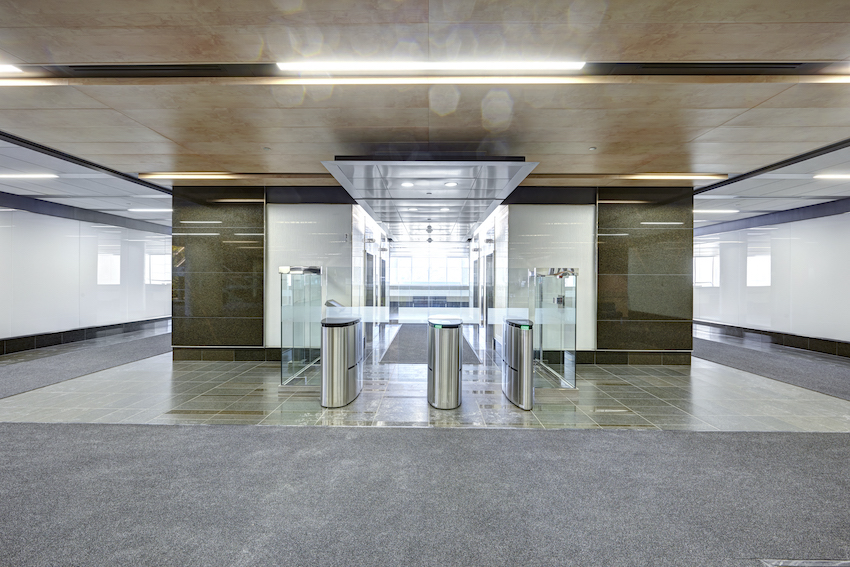Designing with Metal Ceilings
Learning Objectives:
- Discuss the benefits of suspended ceilings.
- Explain how suspended metal ceilings can contribute to the health and well-being of building occupants.
- Describe the range of options for the size, style, and percentage of perforations in suspended metal ceilings and how these perforations contribute to acoustic performance and aesthetics.
- Describe how to use the Optimizing Absorption matrix to select the right absorption performance (NRC) for a project.
- Explain the special wind and seismic design considerations for exterior applications of suspended metal ceilings
Credits:
This course is approved as a Structured Course
This course can be self-reported to the AANB, as per their CE Guidelines
Approved for structured learning
Approved for Core Learning
This course can be self-reported to the NLAA
Course may qualify for Learning Hours with NWTAA
Course eligible for OAA Learning Hours
This course is approved as a core course
This course can be self-reported for Learning Units to the Architectural Institute of British Columbia
Suspended ceilings have several benefits. They can be used for acoustic control and contribute to the interior aesthetic; they also enable easy access to the plenum and can conceal HVAC, pipes, and wiring. Though other materials, including mineral fiber, have traditionally been used to create suspended ceilings, metals such as aluminum and steel hold several benefits over these options, including recyclability and low to no VOC emissions. In this course, the student will learn about the benefits of suspended metal ceilings, and how they can be used to absorb sound while creating a distinctive aesthetic in building interiors. The student will learn how to select the appropriate level of sound absorption for a project, and how perforations paired with acoustical backers, can be used to achieve high NRC ratings. The course will present a number of examples that illustrate both concealed and visible suspended ceilings, along with a sampling of styles, edges, finishes, and colors. Finally, this course will provide examples of exterior installations, including soffits, eaves, and overhangs, along with the special considerations these applications require.














